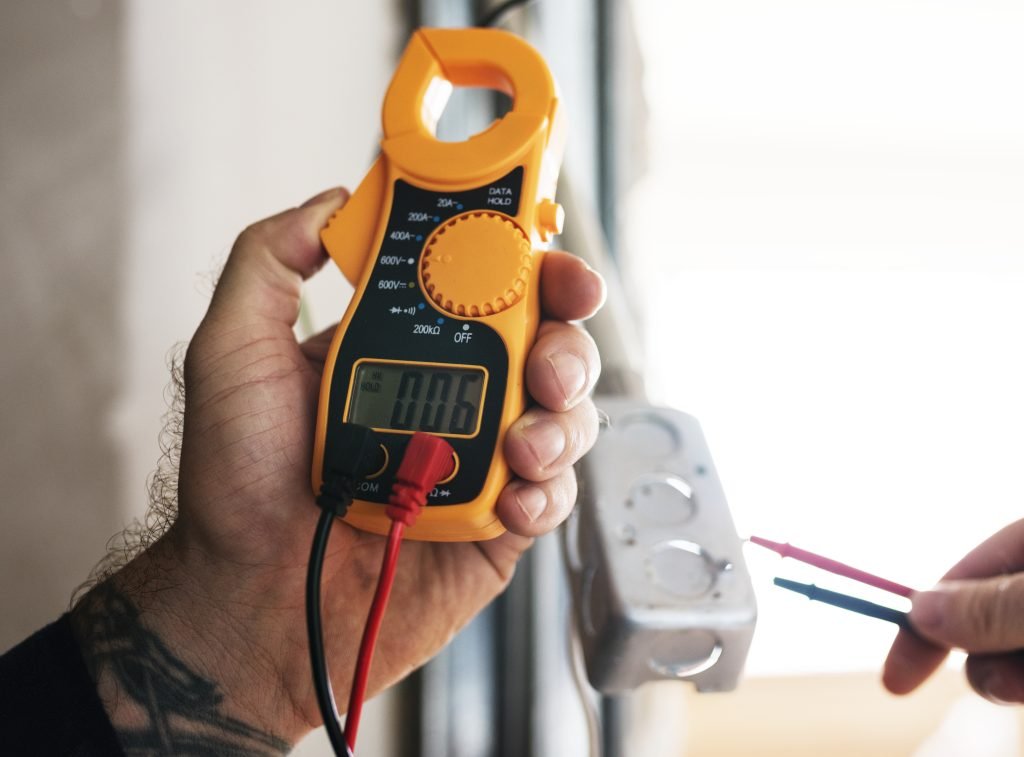In the world of electrical work, precision and safety are critical. One tool that stands out for its versatility and ease of use is the clamp meter. Whether you’re an electrician, a technician, or a DIY enthusiast, understanding the capabilities of a clamp meter can greatly enhance your efficiency while ensuring the safe handling of electrical systems.
What is a Clamp Meter?
A clamp meter is an electrical test instrument that combines a basic digital multimeter (DMM) with a current sensor. What makes this tool unique is its ability to measure current without needing to make direct contact with the conductor. The clamp around the jaw of the meter opens to allow insertion of a conductor (wire), and it reads the current flowing through it without interrupting the circuit.
This non-intrusive approach makes it an incredibly safe and convenient tool for working with live circuits.
How Does a Clamp Meter Work?
The clamp meter works by sensing the magnetic field generated by the current flowing through a conductor. When current flows through a wire, it generates a magnetic field proportional to the current. The clamp meter’s jaws act like a transformer, detecting this magnetic field and converting it into a readable value on the display—usually in amps (A).
Modern clamp meters also measure other electrical parameters, such as:
- Voltage (AC/DC)
- Resistance
- Continuity
- Frequency
Some advanced models also offer additional features like capacitance and temperature measurement, making them versatile all-in-one tools for electrical testing.
Types of Clamp Meters
- AC Clamp Meters
These are the most common type of clamp meters, used to measure alternating current (AC) in live circuits. They’re ideal for residential, commercial, and industrial applications. - AC/DC Clamp Meters
These models can measure both alternating current (AC) and direct current (DC). They are more versatile and often used in automotive, solar power systems, and battery testing applications. - True RMS Clamp Meters
True RMS (Root Mean Square) meters provide accurate readings even in environments with distorted or non-sinusoidal waveforms, such as when dealing with variable frequency drives or other electronic devices.
Key Features of Clamp Meters
Safety
Working with live circuits can be dangerous, but clamp meters minimize that risk by allowing measurements without breaking the circuit. Many models are designed with high safety ratings, such as CAT III or CAT IV, which indicates their ability to handle high-energy circuits safely.
Non-Invasive Current Measurement
The clamp feature allows for safe current measurement without direct contact or disconnecting the wire, reducing the risk of electric shock and equipment damage.
Portability
Clamp meters are compact and handheld, making them perfect for use in the field, especially in tight spaces where accessing wires and circuits might be challenging.
Versatility
While their primary function is measuring current, many clamp meters double as multimeters, measuring voltage, resistance, and other important electrical parameters.







